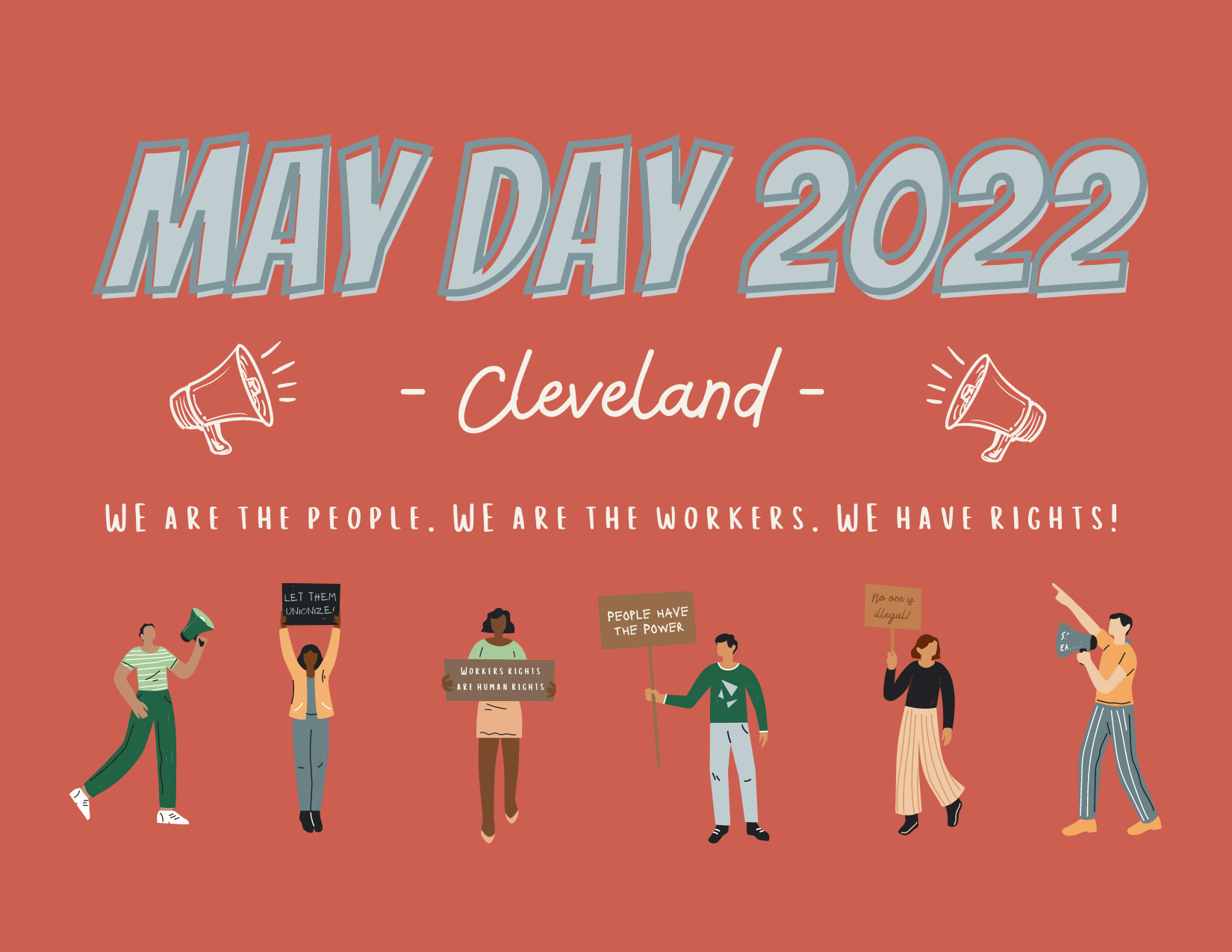Mexican President Andres Manuel Lopes Obrador is going on a 4-day tour of Central America to talk about the possible migration surge if Title 42 is ended by the Biden Administration. The Mexican leader has urged the United States to invest in economic development in Central America to generate jobs so people do not need to flee poverty. US President Joe Biden "agrees that the causes must be addressed, but Central America is still waiting for several billion dollars pledged by Washington.
- Home
- About Us
- Issues
- Countries
- Rapid Response Network
- Young Adults
- Get Involved
- Calendar
- Donate
- Blog

